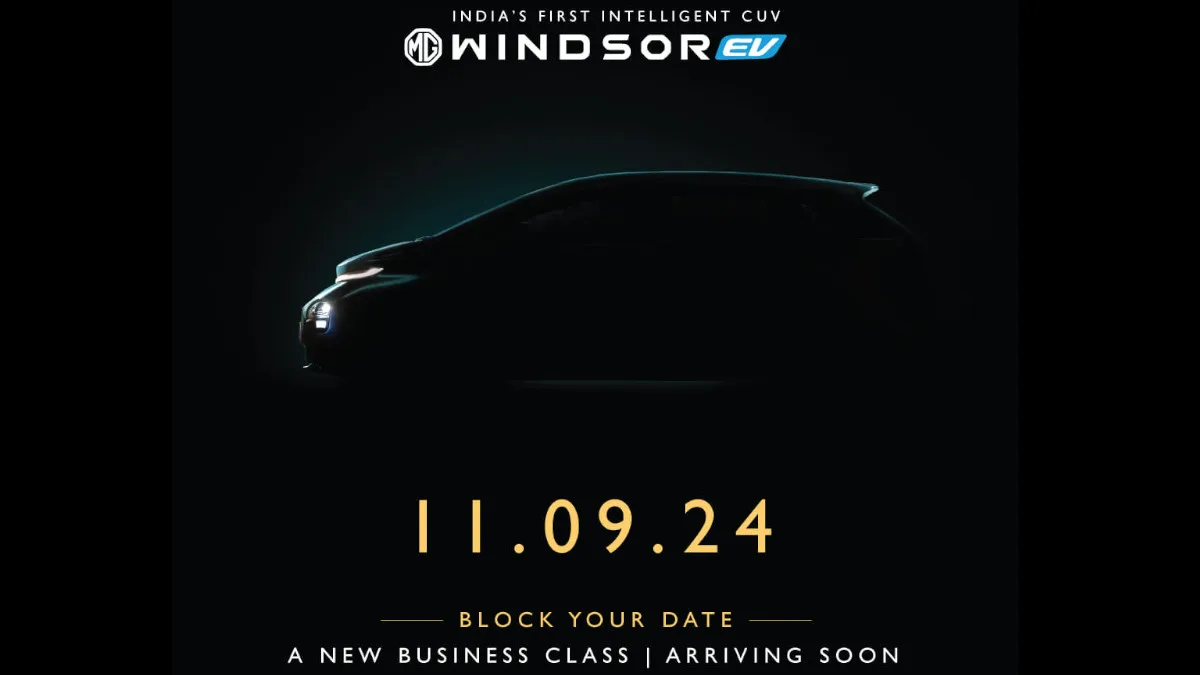The Union Cabinet has approved a new electric vehicle (EV) subsidy scheme aimed at accelerating the adoption of electric mobility in India. The scheme, called PM Electric Drive Revolution in Innovative Vehicle Enhancement (PM E-Drive), will provide significant incentives for buyers of electric two-wheelers, three-wheelers, and buses.
Subsidies for Electric Vehicles
The subsidy for electric two-wheelers will be Rs 5,000 per kWh for up to Rs 10,000 per unit in the first year and Rs 2,500 per kWh for up to Rs 10,000 per unit in the second year. For electric three-wheelers, the subsidy will be Rs 50,000/kWh in the first year and Rs 25,000/kWh in the second year.
Focus on Charging Infrastructure
A key component of the PM E-Drive scheme is the emphasis on building charging infrastructure. The government plans to install 22,100 fast chargers for electric cars, 1,800 fast chargers for electric buses, and 48,400 fast chargers for electric two- and three-wheelers. This investment of Rs 2,000 crore aims to address one of the major bottlenecks in the widespread adoption of EVs in India.
Scheme Details and Benefits
With a total outlay of Rs 10,900 crore spread over two years, the PM E-Drive scheme is expected to support 24.79 lakh electric two-wheelers, 3.16 lakh electric three-wheelers, and 14,028 electric buses. The government aims to achieve 10% EV penetration in the two-wheeler space and 15% EV penetration in the three-wheeler space by the end of this scheme.
E-Vouchers for Buyers
To ensure seamless implementation of the subsidy scheme, the Union Ministry of Heavy Industries will introduce e-vouchers for EV buyers. These vouchers will be generated through an Aadhaar authentication process and will be used to claim the demand incentives at the time of purchase. This system aims to prevent any leakages in the disbursal of subsidies.
Exclusion of Electric Cars and Hybrid Vehicles
It’s important to note that the PM E-Drive scheme does not include electric cars or hybrid vehicles. The government has justified this decision by pointing out that electric cars already benefit from a lower GST slab of 5% and incentives under the Auto PLI scheme.
Building on Previous Initiatives
The PM E-Drive scheme follows the FAME-II scheme, which ran from 2019 to 2024. While FAME-II contributed to the adoption of 13,21,800 EVs, it faced challenges in terms of charging infrastructure development. The new scheme aims to address these shortcomings and accelerate the transition to electric mobility.
Conclusion
The PM E-Drive scheme is a significant step forward in India’s efforts to promote electric vehicles and reduce carbon emissions. With its focus on subsidies, charging infrastructure, and increased EV penetration targets, the scheme has the potential to drive significant growth in the electric vehicle market and contribute to a cleaner and greener future.
Discover more from Wheels Craze - Automotive News, EV News, Car News, Bike News
Subscribe to get the latest posts sent to your email.





